Anecdotes and other notes from the U-M Special Collections Research Center.
Beyond the Reading Room
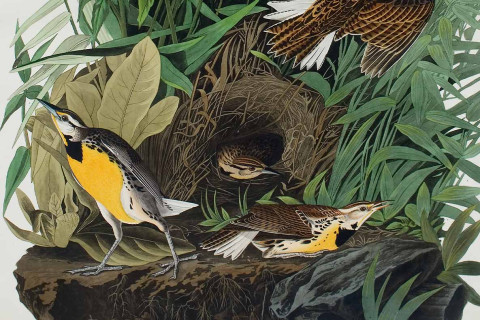
Posts in Beyond the Reading Room
Showing 321 - 330 of 392 items
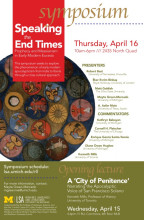
- Pablo Alvarez
On April 16 my colleague Evyn Kropf and I prepared a show & tell presentation of manuscripts and early printed books for the attendees of the symposium, "Speaking the End Times: Prophecy and Messianism in Early Modern Eurasia". In brief, this two-day conference explored the topic of early modern apocalypticism from India to Iberia.
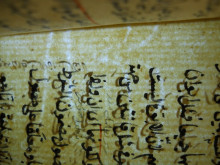
- Evyn Kropf
This Wednesday's watermark feature, brought to you by the letter R: watermark in Isl. Ms. 147 (copied before 1431), another of the earliest manuscripts in our Islamic Manuscripts Collection on watermarked paper.
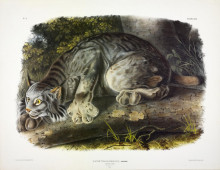
- Juli McLoone
With thanks to the Digital Library Production Service (DLPS), we are happy to announce the launch of a new online collection. John James Audubon's The Birds of America was the founding purchase of the University Library in 1839 and as U-M celebrates its bicentennial, the Special Collections Library and the William L. Clements' Library have jointly purchased Audubon’s The Viviparous Quadrupeds of North America. All of Audubon’s mammals and a selection of the birds are now available online.
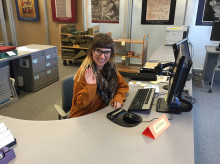
- Alix Brittany Wolfe Norton
What kind of research can you do in Special Collections? Many people may think that using the materials here is only for “serious” scholars who are conducting historical research into specific topics, but the space is open to everyone (and anyone - that means you!) who wants to get their hands on primary sources. Browse some featured items here and ponder what kinds of research questions one could come up with...
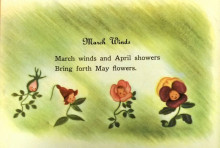
- Juli McLoone
Spring has sprung and it's time to celebrate the season of new growth with poetry!

- Pablo Alvarez
The Special Collections Library will host a reception to celebrate a new exhibit, "Through the Magnifying Glass: A Short History of the Microscope." Please join the exhibit curators, Pablo Alvarez and Gregg Sobocinski, to chat about this exciting display. There will be coffee and other refreshments. Date: April 24 (Friday) 3:00 pm -5:00 pm. Place: Seventh floor of the Hatcher Library.
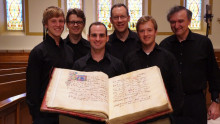
- Pablo Alvarez
On August 26 2014, led by Dr. Stefano Mengozzi, a group of six singers recorded a selection of Gregorian chant music at the St. Thomas Apostle Catholic Church in Ann Arbor. They sang from a fifteenth-century Antiphonary from the Special Collections Library, an extraordinary manuscript copied in Venice and richly illuminated by the Italian miniaturist, Benedetto Bordon.
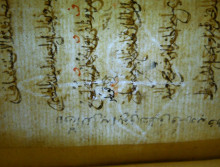
- Evyn Kropf
This Wednesday's watermark feature: watermarks in Isl. Ms. 78 (copied in 1401 or 2), one of the earliest manuscripts in our Islamic Manuscripts Collection copied on watermarked paper.
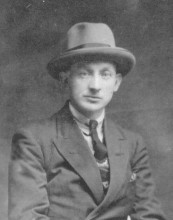
- Julie Herrada
Take a peak at what a visiting Irish researcher is working on in the Labadie Collection!
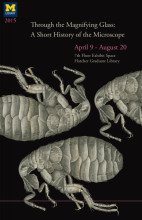
- Pablo Alvarez
We are pleased to announce the opening of a new exhibit on the seventh floor of the Special Collections Library: Through the Magnifying Glass: A Short History of the Microscope.